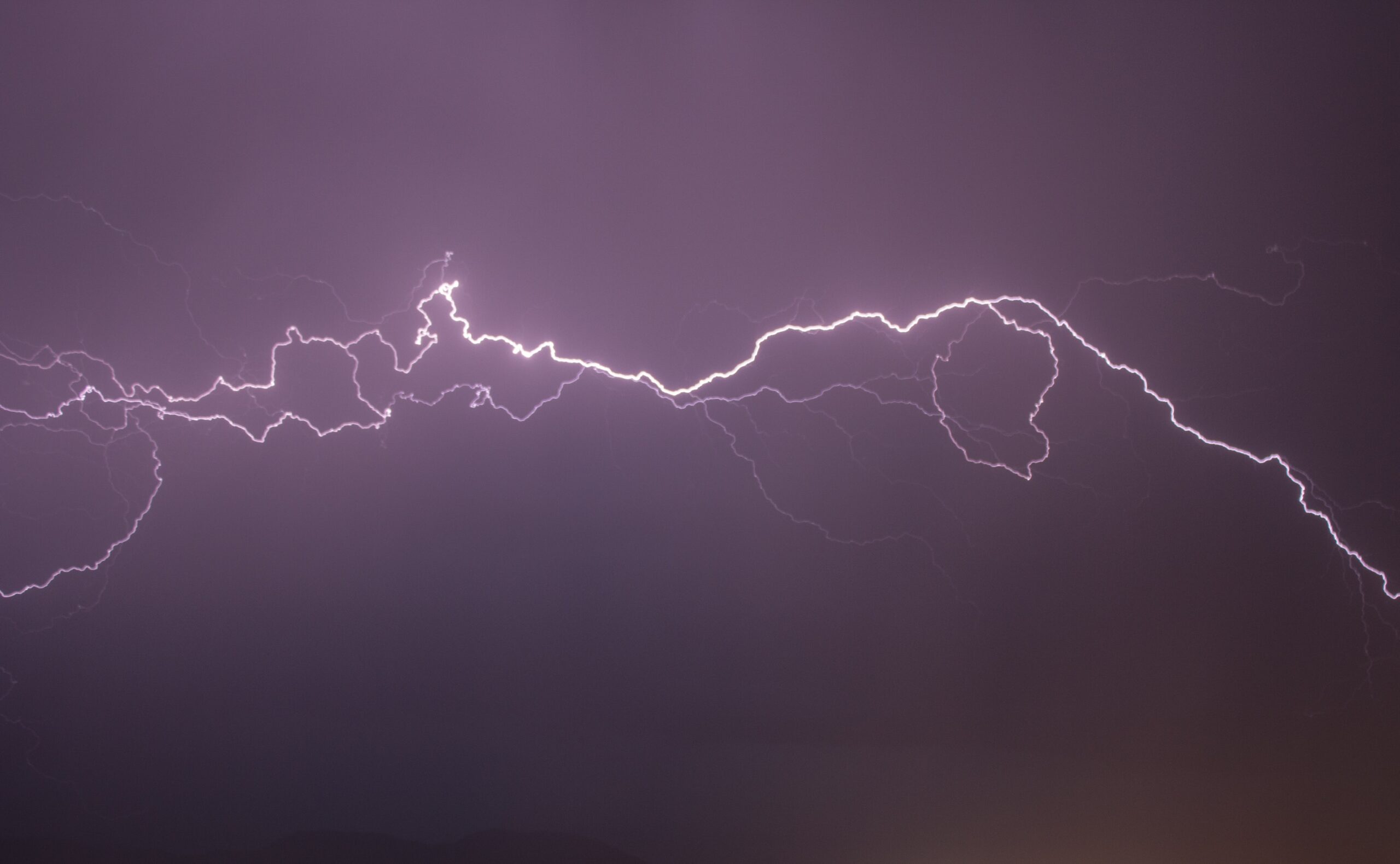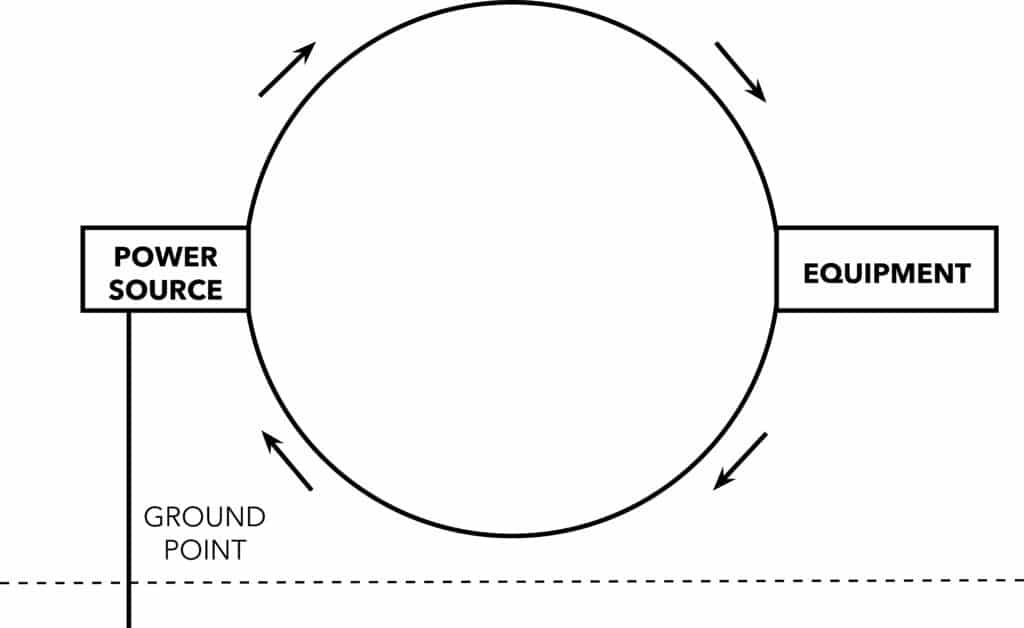
One of the most important achievements in history is harnessing and manipulation of electricity. In the US and around the world, we use electricity nearly all day, every day to make our lives more efficient and comfortable.
But exposed electricity can easily damage not only the equipment it powers and nearby items, but people and animals as well. Therefore, electrical insulation may be just as important as electricity itself.
When designing equipment or simply handling electrical currents, it’s important to know what happens to equipment and users when electrical insulation is not present.
How electricity flows
Electricity is the rapid movement of electrons within a piece of metal, often a wire made of copper or aluminum. Human-generated electricity is created from a power source, most commonly a generator with one piece of metal or wire placed into the earth (the ground point) and another two wires stretching to and from the equipment.
For electricity to flow, there needs to be a complete circuit of metallic wire from the power source to the equipment and back again.

Damage to equipment and products
Equipment using electricity can become damaged when a part of the machine or device comes in unwanted contact with the electrical current. The machine then becomes a part of the circuit, allowing electricity to flow through.
The electricity can cause small to significant damage, including:
- Scorching
- Burning
- Fire
- Melting
- Cracking
- Malfunctioning
Dangers to humans
Though some equipment can cost millions of dollars to develop and use, the lives of most humans are arguably more important. Like equipment, humans and animals can carry an electric current if exposed to one. Even 50 milliamps can cause heart attack and skin burns, which is notable since the electricity coming into your home can reach 200,000 milliamps.
The levels of physiological effects can escalate quickly:
- .5-2 milliamps: Begin to feel the electric current
- 2-10 milliamps: Painful sensation, relatively harmless
- 10-25 milliamps: Muscle contraction, breathing difficulty
- 25-100 milliamps: Possible bone fracture, respiratory failure, heart failure
- 100+ milliamps: Internal tissue burning, death likely
Insulators from AFP
Our materials experts fabricate electrical insulators from several different materials depending on the device or machinery. We’ll often use plastics, rubbers, paper and films to prevent electrical arcing and unwanted electrical contact.
Need custom electrical insulation to complete your project? Call 952-368-4225 to set up an order or to ask questions of our materials experts.




